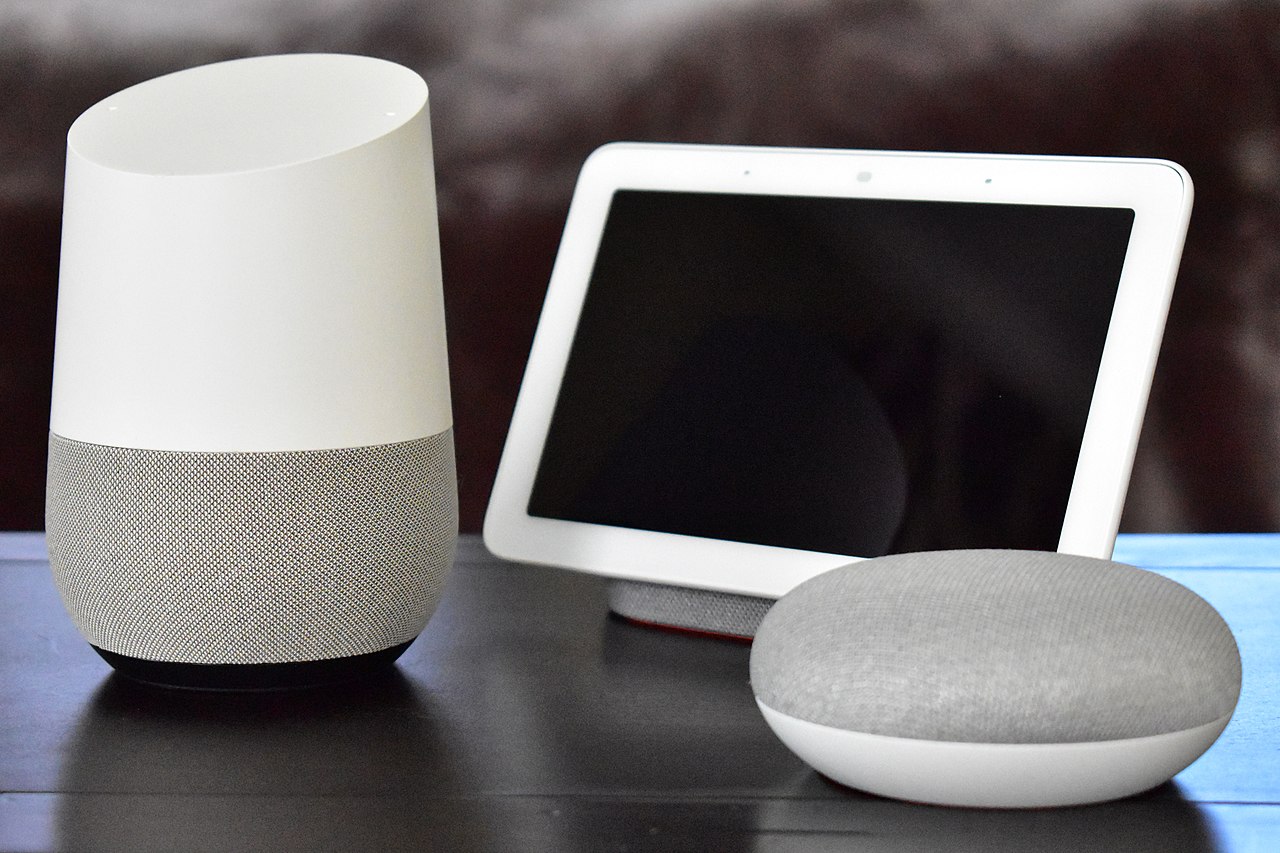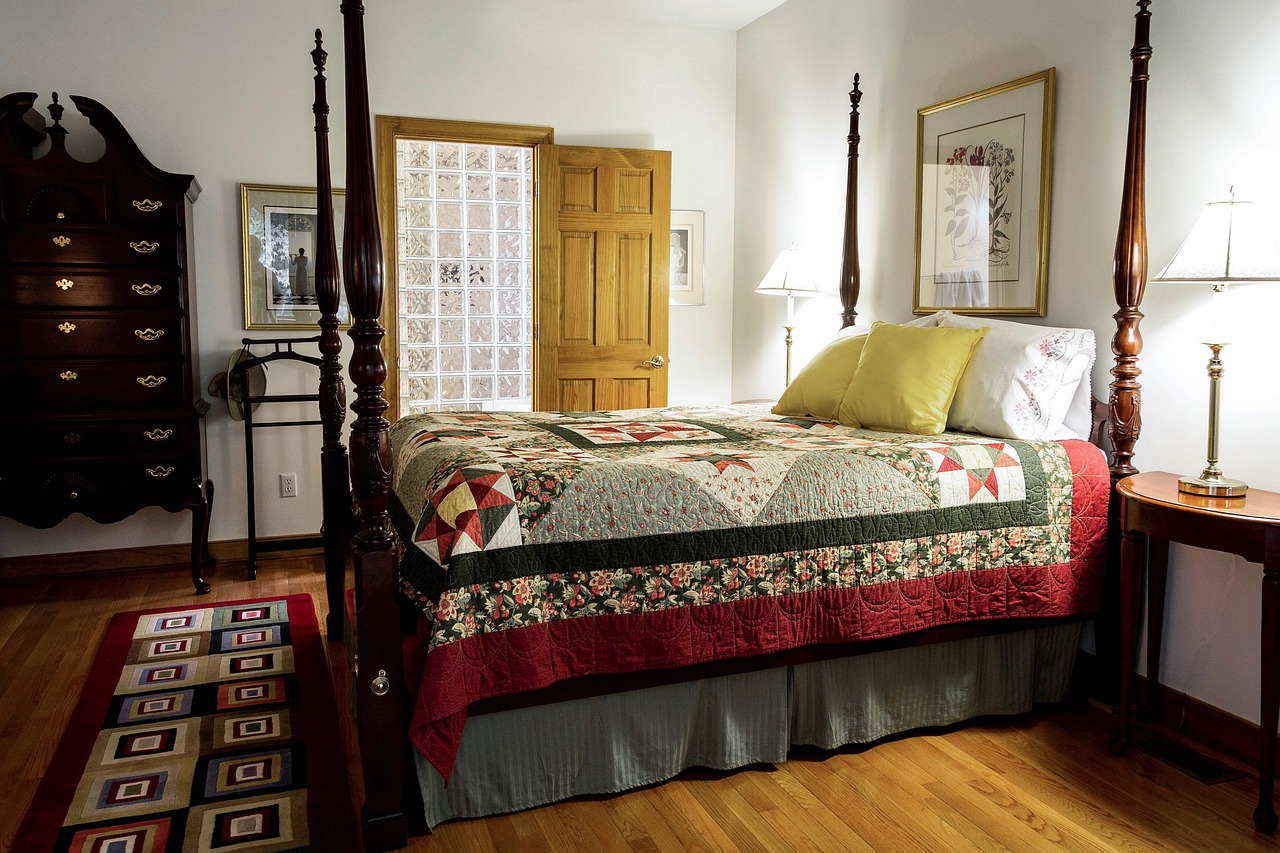Smart home is a catchphrase for a household that features labour-saving devices connected to and supported by a cloud infrastructure for data processing. Each device connects to the cloud via your home or office WI-FI router. This makes it simple to connect to the device with your phone or tablet, even if you’re not actually at home.
The central device in a smart home is usually a voice-activated helper, such as Alexa, Echo, or Siri. Using a ‘wake word’, these devices can answer basic questions about math or weather, order things directly from Amazon or local restaurants, read ebooks, play music, and much more. These handy machines can be programmed to help with household routines by scheduling lights-off time, lock doors, and activate the coffee pot timer for the morning. Of course, all the ancillary devices need to be ‘smart’ and connected through WI-FI.
Smart plugs and a smart thermostat can be controlled with your phone from anywhere. Instead of coming home to a dark and cold space on a winter evening, smart controllers can turn on some lights and adjust the heat automatically or at your command. Want to hear Bach playing when you unlock the door? Just set-up a routine for the assistant to monitor the lock and begin your favourite playlist.
Smart home security systems are designed to monitor the perimeter of your property and contact authorities if there is a break-in. Forgetting to turn-on the alarm is a common mistake. A smart security system is always on. It can tell you when a child arrives home from school, or when a window has been left open, and then text or email an alert to the owner. First responders are contacted immediately when a break-in or fire has been detected. They can be controlled remotely so you can check a video to see if the garage door has been left open or lock doors with just a tap.
All this may seem magical but don’t let that lull you into a sense of false security. In fact, security should be a primary concern for residents of smart homes. As with any device, some expertise is required to install and operate it properly. Always change the default password that comes with the device. Use something that is very long but easy to remember such as lyrics to a song. Aim for 15 or more characters. These types of passwords can be just as effective as randomized alphanumeric ones. Without a strong password, you risk losing control to hackers.
If you want to experiment with a smart home device but aren’t ready to use a voice assistant, consider a robot vacuum. They work on a schedule that you set to vacuum the whole house, even under furniture. They’re ideal to take care of dust bunnies on laminate and tile floors but work pretty well on carpeted areas, too. Look for one with a HEPA filter to keep dust and allergens down.
Questions or comments? Want to talk about your next real estate transaction? Contact us today.





